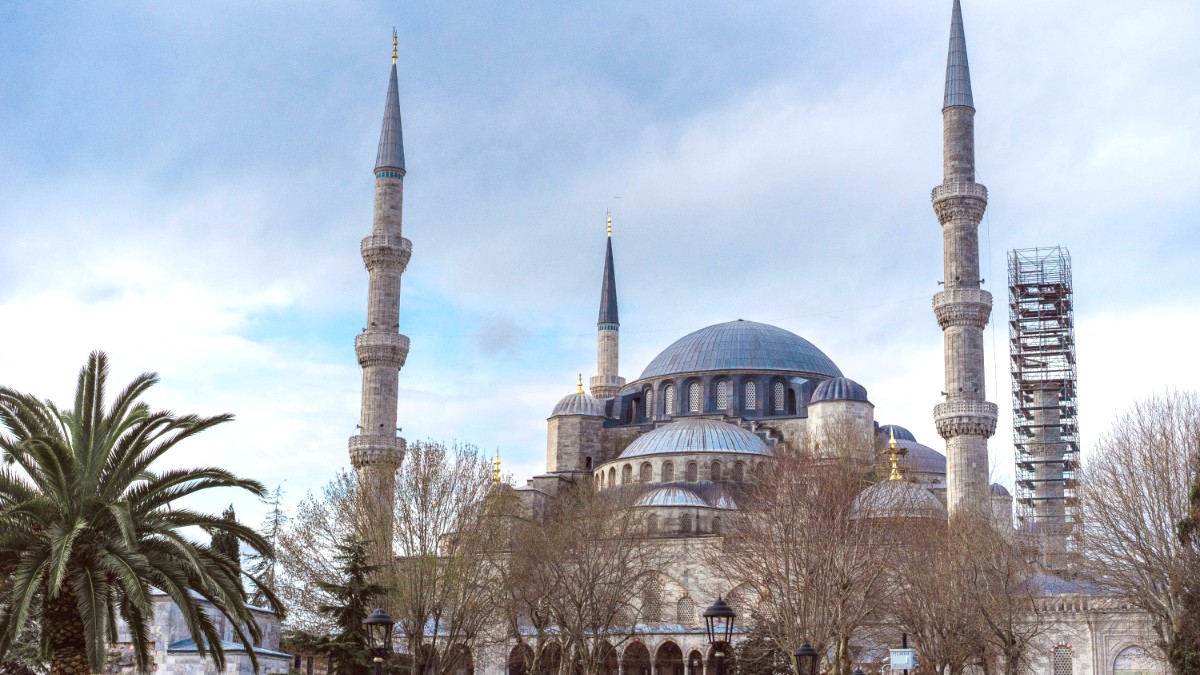
Istanbul, Turkey
Istanbul has diverse public transit systems: Metro (a modern, expanding subway system with multiple lines), Tram (The T1 (Bağcılar-Kabataş) tram line is the most good for tourists, running directly through Sultanahmet, connecting major historical attractions), Bus (an extensive network), Ferry (for crossing the Bosphorus and visiting the Asian side or the Princes' Islands), Funicular (two main funicular lines connecting different elevations), and Marmaray (a suburban rail line that connects the European and Asian sides of Istanbul via an undersea tunnel).
Ferries present scenic views and a refreshing way to travel. Funiculars are short but steep ascents, simple for connecting to different metro or tram lines. Marmaray integrates well with the T1 tram line at Sirkeci station, presenting a quick way to cross continents.
The Istanbulkart is necessary for all public transport. Purchase it for a small fee and then load it with credit. Fares are deducted per ride, with discounts applied for transfers within a certain timeframe. Single-use tickets are more expensive.
Public transport generally operates from 6:00 AM to midnight. Frequencies vary by line and time of day, with trams and metro running every few minutes during peak hours. Ferry schedules vary but are frequent during daytime.
Newer metro and tram stations generally have elevators and escalators, making access better. However, older stations and some older trams may be less accessible for those with mobility challenges. Many public buses are wheelchair accessible. Sultanahmet's historical streets often have uneven cobblestones, which sometimes makes walking or wheelchair navigation difficult.
Yellow cars with a "Taksi" sign on the roof and a digital meter.
Hail on the street, find at designated taxi stands (Taksi Durağı), or call using ride-sharing applications.
Metered system. Night fares (after midnight) are 50% higher. Cash (Turkish Lira) is preferred. Verify meter use ("metre açık mı?").
BiTaksi (popular local taxi app) and Uber (operates with licensed yellow taxis) present fare estimates and driver tracking.
While car rental is possible, consider whether it is the right choice for navigating central Istanbul. Driving in Istanbul presents challenges due to heavy traffic, aggressive drivers, and complex road systems.
These services are available and present a good way to see major sights across the city, especially for a quick overview or if you have limited mobility. They typically stop at attractions, permitting you to explore at your own pace.
Beyond public ferries, private boat taxis are available for quick transfers across the Bosphorus or to specific points along the shore. These present a more private and often faster way to travel across the water.
Funiculars: The F1 (Taksim-Kabataş) and F2 (Karaköy-Beyoğlu/Tünel) funiculars connect different elevations, making steep climbs simple. Teleferik (Cable Car): From Maçka to Taşkışla, and from Eyüp to Pierre Loti Hill, presenting panoramic views of the Golden Horn.
Newer metro and tram lines are increasingly accessible with ramps and elevators. Public transport in general is improving, but navigating older parts of the city sometimes presents challenges due to uneven surfaces, stairs, and historical architecture.
Many historical sites in Sultanahmet have uneven surfaces and multiple stairs. Check specific attraction websites for detailed accessibility information.